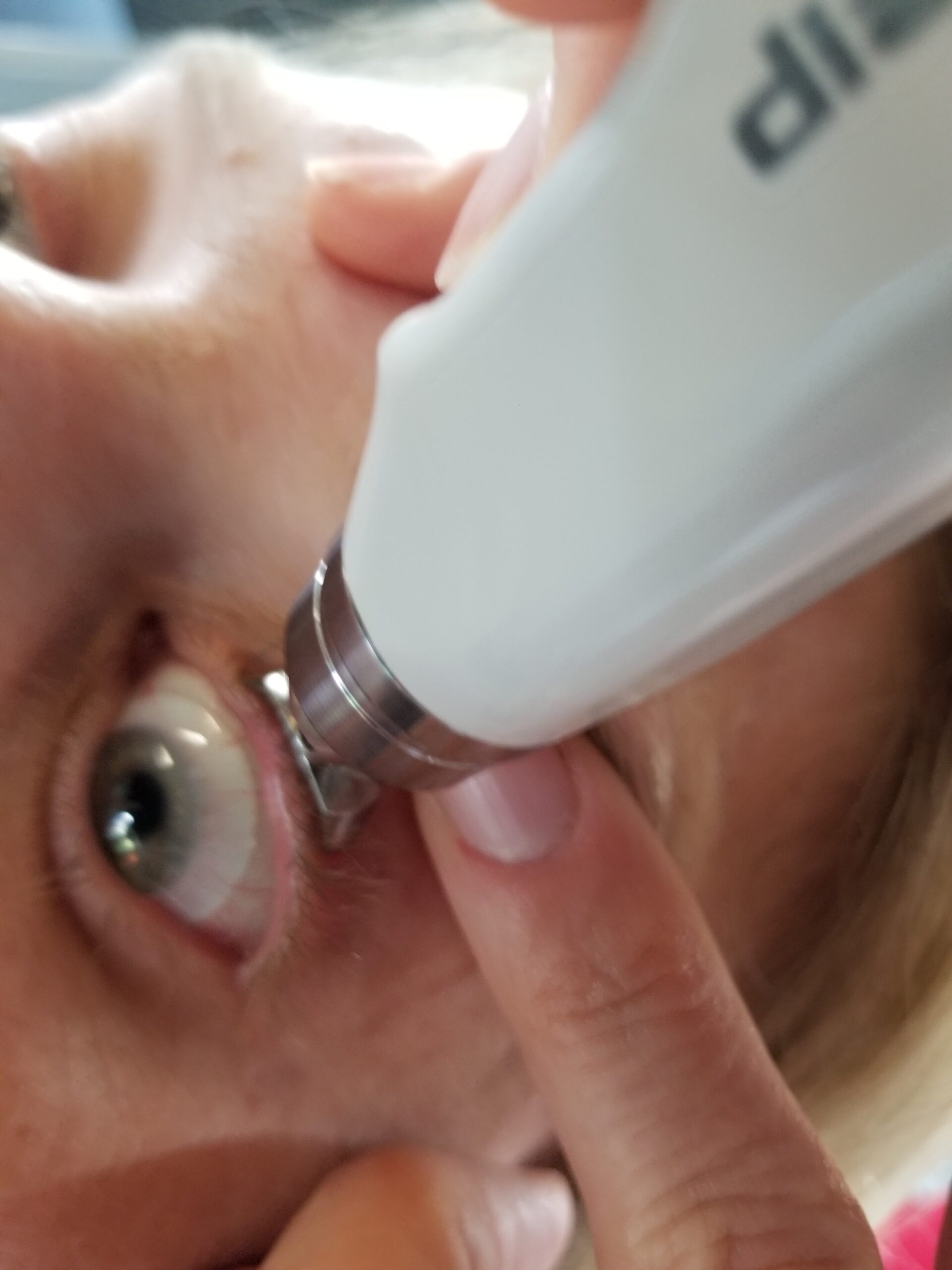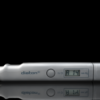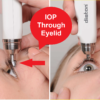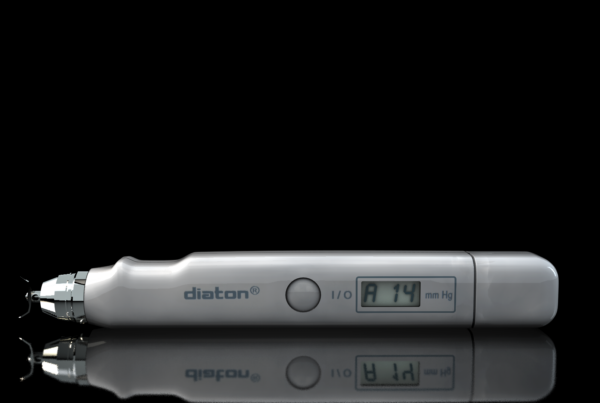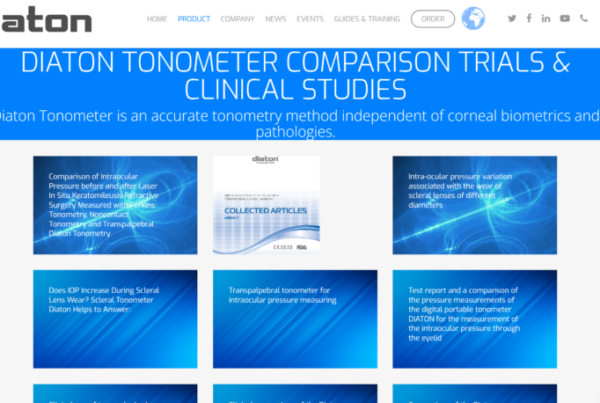The clinical study titled “Intra-ocular pressure variation associated with the wear of scleral lenses of different diameters” presents significant insights into the impact of scleral lens wear on intra-ocular pressure (IOP). The study, conducted by Langis Michaud et al. and published in the “Contact Lens and Anterior Eye” journal, explores how the diameter of scleral lenses influences IOP variations.
Researchers used transpalpebral and trans-scleral tonometer Diaton to measure IOP with scleral lens on the eye.
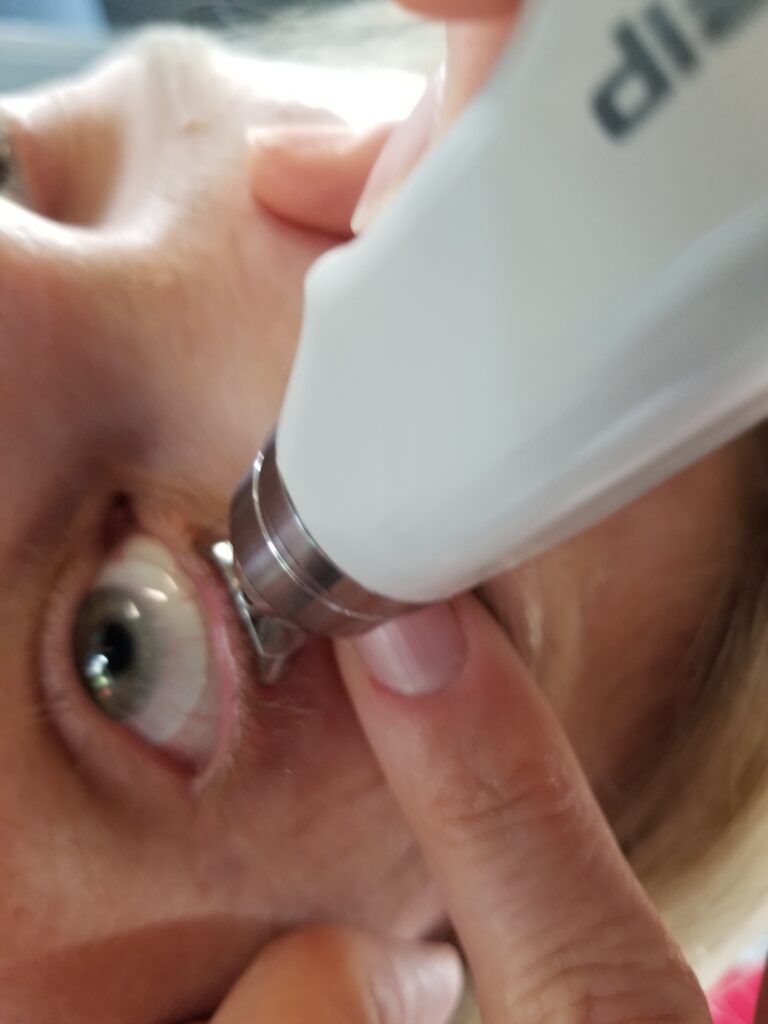
Purpose and Methodology The primary objective of the study was to evaluate the variation of intra-ocular pressure during scleral lens wear and to determine if the lens diameter impacts these variations. This prospective, randomized study involved Caucasian subjects (16 females and 5 males) with an average age of 24.7 years. The researchers established a diurnal variation pattern of IOP (IOPg), and then transpalpebral IOP (IOPt) measurements were taken before and during scleral lens (SL) wear. One eye of each subject was fitted randomly with a 15.8 mm diameter SL (L1), and the fellow eye was fitted with an 18 mm SL (L2) of the same design, thickness, and material. Additionally, anterior segment tomography was performed before and after lens removal.
Findings The study revealed that baseline IOPg for L1 and L2 did not show significant diurnal variations. However, during the wear of L1, IOPt increased significantly from 10.1 mm Hg to 14.4 mm Hg after approximately 4.5 hours. Similarly, with L2, IOPt rose from 9.2 mm Hg to 14.4 mm Hg. This increase in IOP was statistically significant over time but not between the two different lens diameters. Notably, anterior segment parameters remained largely unchanged except for a slight reduction in anterior chamber volume and a minor increase in corneal thickness for both L1 and L2.
Conclusion The study concludes that wearing scleral lenses, regardless of their diameter, may increase IOP by an average of 5 mm Hg. This finding is particularly relevant for practitioners prescribing scleral lenses, especially for populations at risk for glaucoma. The researchers highlight the need for further investigation to confirm these findings and to determine if additional caution is required when using scleral lenses in specific patient groups.
Diaton Tonometer and Its Benefits with Scleral Lenses The Diaton Tonometer is a unique tool in the context of this study, as it measures IOP through the eyelid (transpalpebral approach), avoiding contact with the cornea. This method is particularly beneficial for patients wearing scleral lenses, as it allows for IOP measurement without the need to remove the lenses. This capability is crucial because removing scleral lenses can temporarily alter corneal shape and IOP readings. Additionally, the non-contact nature of the Diaton Tonometer reduces the risk of corneal infections and eliminates the need for anesthesia, making the IOP measurement process more comfortable and safer for patients.
In conclusion, the study by Michaud et al. highlights the importance of monitoring IOP in patients using scleral lenses and underscores the potential benefits of employing non-standard transpalpebral tonometry, such as with the Diaton Tonometer, in clinical practice.

